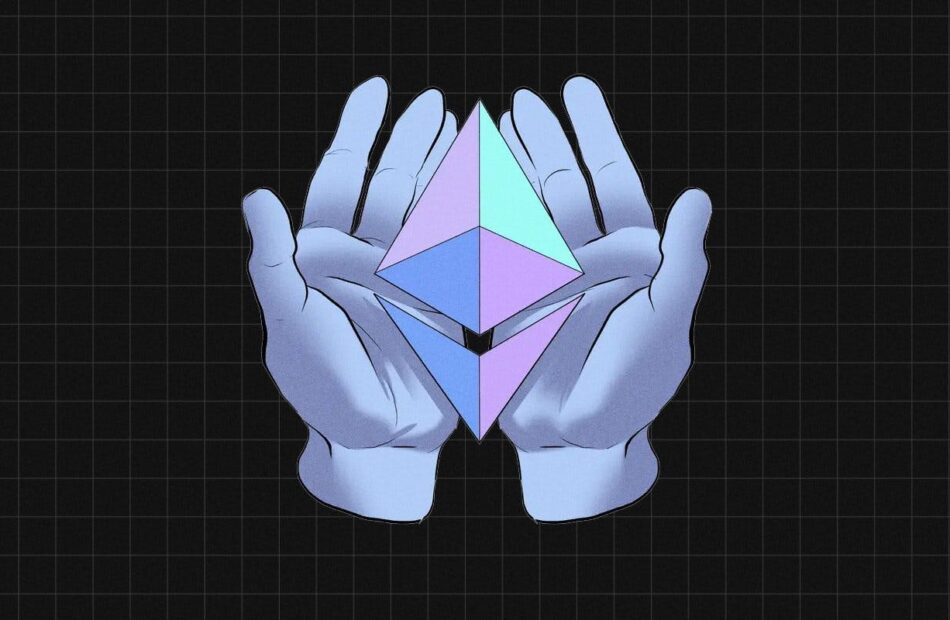Ether’s Rise: Why DATs May Outperform ETFs
Join the free newsletter trusted by over 1 million finance professionals. Stay ahead with insights that matter—no fluff, no fees.
—
For years, Bitcoin has taken center stage in the crypto world, known for its market-shaking moves and mysterious beginnings. Meanwhile, Ethereum’s native coin, Ether (ETH), played the reliable sidekick—quietly powering much of the blockchain ecosystem. But now, that dynamic is shifting fast. More companies are building investment strategies around ether, and investors are starting to take notice.
Here’s why Ether is getting more attention, how companies are investing in it, and what you should know before jumping in.
**Why Ether Is Gaining Momentum**
Recent changes in U.S. crypto regulations are making things easier for Ethereum. Two new laws are making waves:
– The **Genius Act** supports stablecoins, most of which run on Ethereum. This could mean more transactions using ether.
– The **Clarity Act**, expected later this year, will help define which crypto projects are considered securities and which are not. That clarity could help Ethereum-based apps grow faster without legal confusion.
Since Ethereum powers most decentralized apps (like NFTs and DeFi platforms), this regulatory support could lead to more demand for ether. Investors are already pouring money into ether-focused ETFs and companies that hold large amounts of ether as part of their core strategy.
**What Are Digital Asset Treasury (DAT) Companies?**
Some firms are now calling themselves digital asset treasury (DAT) companies. These businesses raise money to buy and hold crypto assets like bitcoin and ether. But they do more than just hold—they often stake ether (to earn rewards), participate in DeFi (for yield), and even mine crypto.
Unlike ETFs, DATs can issue new shares or company bonds to raise money and expand their holdings. This flexibility can allow them to boost returns if managed well.
**MicroStrategy Set the Trend—Now Others Are Following**
MicroStrategy, now rebranded as Strategy, became the biggest DAT by buying a massive amount of bitcoin. Its stock price soared as a result. Now other companies like BitMine and SharpLink are trying to do the same—but with ether.
**How DATs Make Money: NAV Premium Amplification**
DATs use a strategy called **NAV premium amplification**, which means they try to grow the value of each share by issuing new stock when their share price is higher than their actual asset value (NAV). The extra cash from those new shares is used to buy more crypto, increasing each investor’s exposure without them having to buy more shares.
Some DATs also use other financial tools like convertible bonds or preferred shares that pay dividends. These methods allow them to borrow money to buy more crypto—but they need strong crypto price growth to make it worthwhile.
**BitMine and SharpLink: Two Ether-Focused DAT Leaders**
– **BitMine** recently bought 1.5 million ether (worth about $6.3 billion). Big names like Tom Lee and Peter Thiel are backing the company, with a goal of eventually owning 5% of all ether in circulation.
– **SharpLink**, a former sports marketing company, pivoted to crypto in May. With Ethereum co-founder Joseph Lubin as its new chair, SharpLink now holds over 740,000 ether (around $3.1 billion) after raising $2.6 billion through various funding strategies.
With these two companies buying up so much ether, it’s no wonder ETH prices have been climbing—though they’re still below the all-time highs set in 2021.
**Key Advantages of DATs Over ETFs**
1. **Higher Earnings From Staking**
DATs don’t need to keep ether ready for withdrawals like ETFs do. That means they can stake nearly all their holdings, earning higher yields (around 4.5%).
2. **Trading Above NAV**
BitMine’s shares trade at 1.5 times their NAV—meaning investors are paying a premium because they believe the company will continue to perform well. ETFs usually trade close to their NAV.
3. **More Ways to Raise Capital**
In bull markets, DATs can issue new shares or use debt to increase their crypto holdings—something ETFs can’t do as easily. This gives DATs more leverage if the market is rising.
4. **Investor-Friendly Structure**
DATs operate like regular public companies with SEC filings and stock tickers, making it easier for both retail and institutional investors to get exposure to crypto without needing a digital wallet or navigating crypto exchanges.
**Risks of Investing in DATs**
– **Premium Erosion**: If a DAT’s share price falls back down to its NAV or lower—due to mismanagement or a drop in crypto prices—investors could lose more than with an ETF.
– **Hidden Costs**: While ETFs have transparent fees, DATs come with indirect costs like corporate expenses, potential dilution from new shares, and executive compensation.
– **Market Dependency**: All of this depends on ether’s success. If the Ethereum network faces technical issues, regulatory hurdles, or competition from other blockchains, prices—and DAT returns—could suffer.
**So, Should You Invest?**
If you’re already deep into crypto, you might be staking your own ether already. But if you’re looking for easier exposure without managing wallets or keys, an ETF is the simplest way to invest in ETH.
If you’re willing to take on more risk for potentially higher returns, DATs like BitMine and SharpLink could be worth a look—especially if ether keeps rising. BitMine’s higher NAV premium shows strong investor confidence, but also means it’s priced for success. You could also split your investment between both for diversification.
Looking for more insight? Tools like Finimize Pro offer AI snapshots on these stocks—useful for understanding their business models even if they don’t calculate NAV directly.
In short: Ether is on the rise, and new ways to invest in it are opening up fast. Whether you go with an ETF or a DAT depends on your risk appetite and how much upside you’re chasing.

